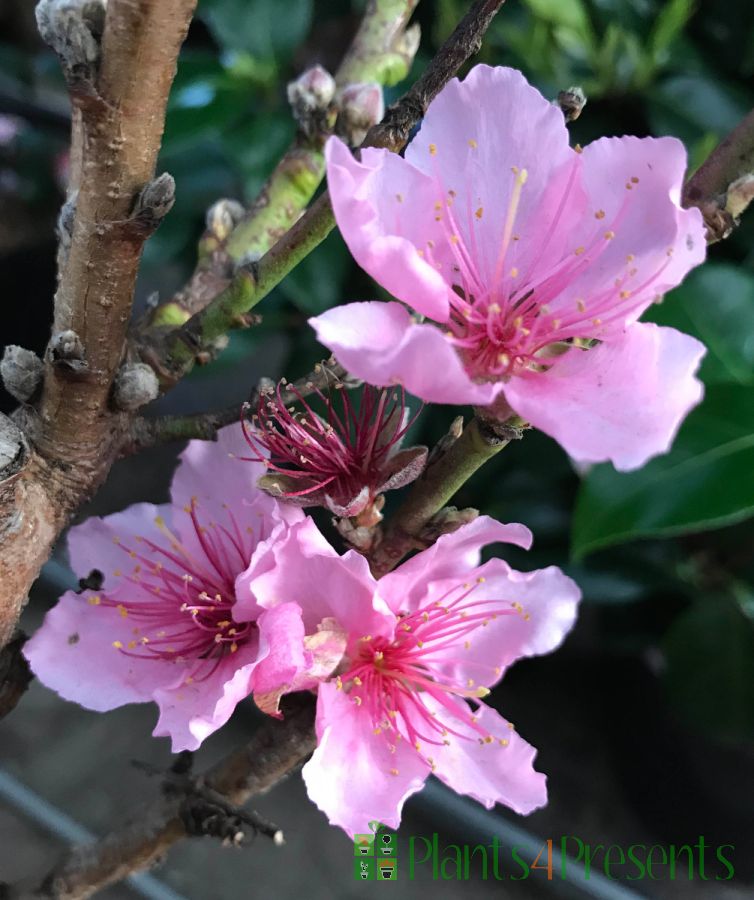Nectarine Tree
Out of stock


- Fruiting tree with beautiful blossom
- Next or named delivery just £6
- Delivered gift wrapped with hand written card
Sorry we don’t have any Nectarine Trees available at the moment. You can find a wide selection of fruiting plants on our website here.
 5/ 5
1 reviews
5/ 5
1 reviews


Tree was well packaged on arrival and just as described on website.

These instructions are sent with the plant gift
These strong Nectarine trees are grown on dwarf rootstock so are perfect for a smaller space or even for a pot on a patio. They will eventually grow to around 8ft tall and we expect them to fruit next year.
Nectarine trees are semi-hardy in this country and although they are fine in light frosts, they do need a fleece protection or to be moved into a greenhouse in the winter. They are currently in quite a small pot so are ready to either be potted up into a larger pot or planted straight out in the ground. Choose a sunny position where the fruits can ripen and protect from strong winds and deer if they are a problem in your area.
Whilst in a small pot, your Nectarine tree will need regular watering, try not to let the soil dry out at any time. They do not need a rich soil, but a top dressing of manure or seaweed will give any tree a hand to settle in to a new position. In a pot, topsoil from the garden on general purpose compost will be fine.
Nectarine trees are best pruned in early Autumn to prepare them for fruiting the following year. Remove any side shoots that are growing upwards at the trunk (i.e.. Those that are at less than a 45 degree angle from the trunk) and prune back any side shoots that are branching out nicely (at a greater than 45 degree angle) to about six inches in length. Always use sharp secateurs when pruning and make clean diagonal cuts. Flowers and eventually fruit will set on these ‘old’ branches next year.
Problem Solving: Nectarine trees are very tough trees that require little maintenance. Watch out for pests, including caterpillars and treat any problems early.
Nectarine trees are deciduous so don’t worry when they lose their leaves in the winter months.
Wilting or brown leaves - are the result of underwatering, give your plant a good soak and it will start to recover.






